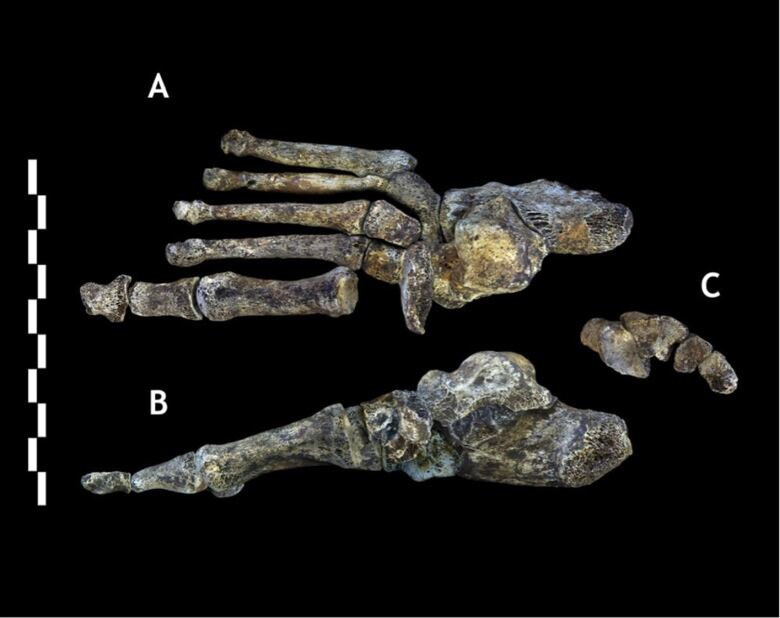Homo naledi: SFU researcher discusses exciting new find
Mana Dembo was one of 30 researchers invited to take the first look at the species

It's exciting news for archeologists everywhere; the discovery of Homo naledi, a new species in the human lineage.
Excavated from a cave in South Africa, its discovery was officially announced on Thursday.
Mana Dembo is a PhD student at Simon Fraser University's department of archaeology and was one of 30 people invited to take the first look at the 1,500 fossils discovered.
She joined Stephen Quinn On the Coast on Thursday to talk more about her experience.
"I was extremely lucky to be involved in this project. It's not an opportunity available to a lot of people" Dembo said.
What makes this discovery so significant?

There are several things that are really fantastically interesting about these fossils.
The fact that we found, in a very, very dark and small cave, about 1,500 fossil specimens of fossil hominins; that in paleoanthropology is very rare. We usually have, if we are lucky, just a handful of fossil hominins.
Where does Homo naledi fit in with what we know about our ancestors?
Based on the bones, based on the fossils, it's a very interesting species because it's got a mix of features that make them look like other species in the genus Homo and other features that make them look quite primitive.
So when we piece the puzzle together, we are confident that it is in the genus Homo. We don't really know what its direct ancestor or descendants are at the moment.
How do we know that this is a new species of human ancestor?
We look at the fossils we have from the cave and compare them to other known fossil species. We compare characteristics that are similar or dissimilar to other species that we know of.
Morphologically, based on the crania, which I worked on, they're similar to Homo Erectus specimens, but they're distinct enough that we are confident that it's a new species.
What would it have looked like?
They had a very, very small head. The brain size estimate that we got from the fossils was about 560 cubic centimetres on the largest individual. On the scale of things, modern humans have about 1,200 cubic centimetres of brain size, so it's less than half.
They were about 140 cm tall (five feet, two inches), very tall, but skinny.
Do we know anything about where this species would fit in the timeline of human evolution?

One of the critical pieces of information that we do need is the dating side.
To make sense of it all, to see where it all fits, we really should have some dates to do that. They are working on that as far as I understand.
Archaeologists had some trouble actually getting into the chamber where these bones were found. Tell me about that.
Back in October 2013, Lee Burger, who was the project manager put out a call. He was asking for people who could squeeze through very small spaces because it's about 200 metres into a cave system.
In order to get to the chamber where the fossils are, they had to climb up and wiggle down into narrow crevasses. At the narrowest point, they have to go into a 17 cm slit.
Luckily, Lee had students who were small enough to fit through the cave. One of the former PhD students from SFU, Marina Elliot was one of the primary excavators. Lots of Canadians were on this project.
Was this a burial place?
We don't know. That's one interpretation.
From the 1,500 fossil specimens, we know there were at least 15 individuals and these included babies and adolescents and adults and even older adults.
Another interesting thing is that we have no animal bones, so it's a peculiar assemblage in the paleoanthropological record.
One interpretation is that it is a body deposit of some sort. How they ended up there, people are still speculating.
This interview has been edited and condensed. To hear it in its entirety, listen to the audio labelled: SFU PhD student one of first to look at new human ancestor